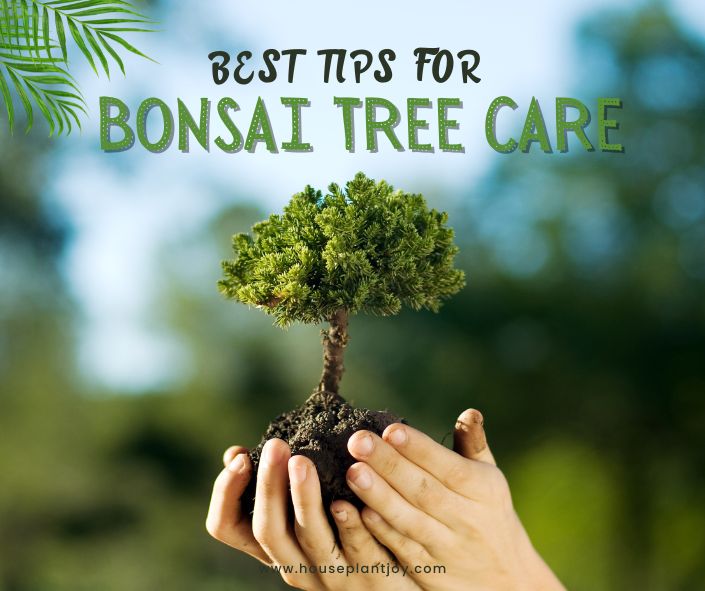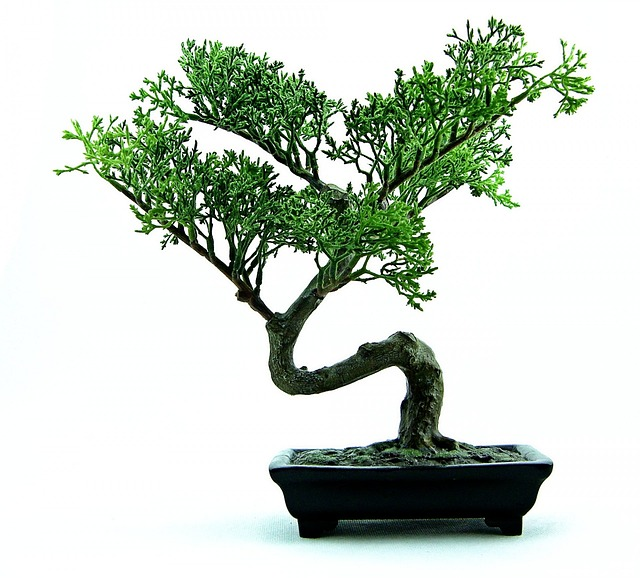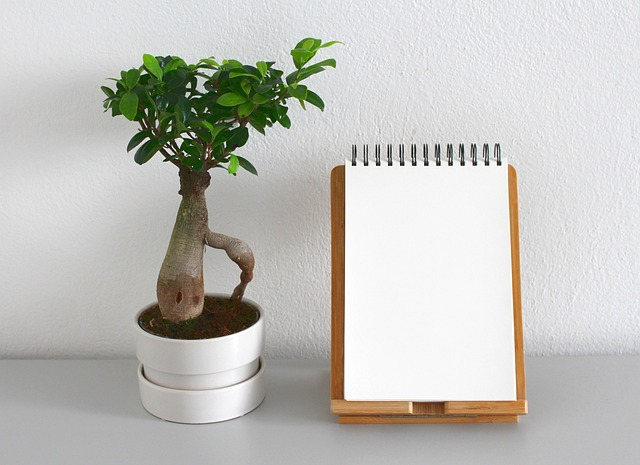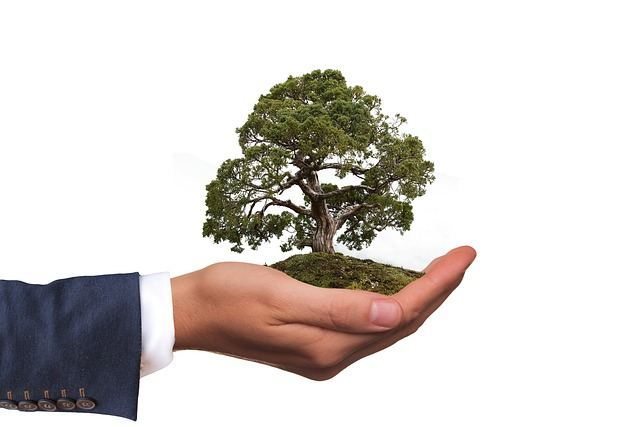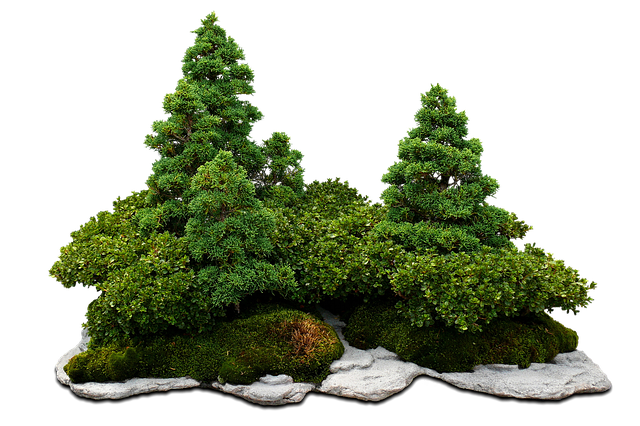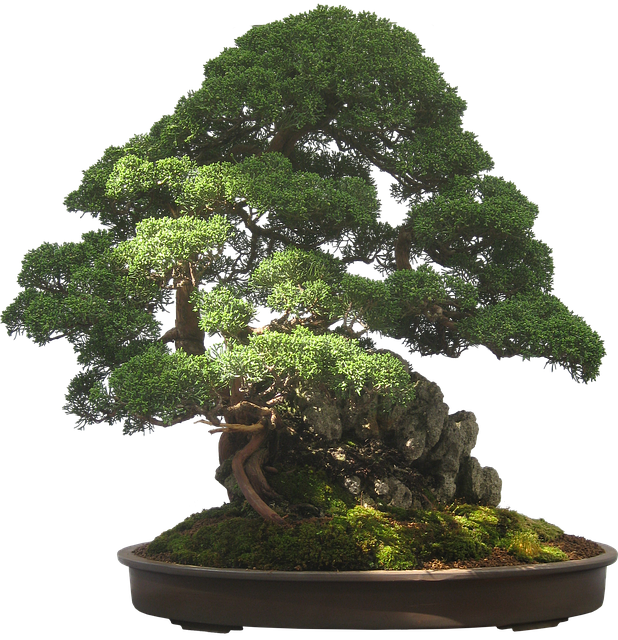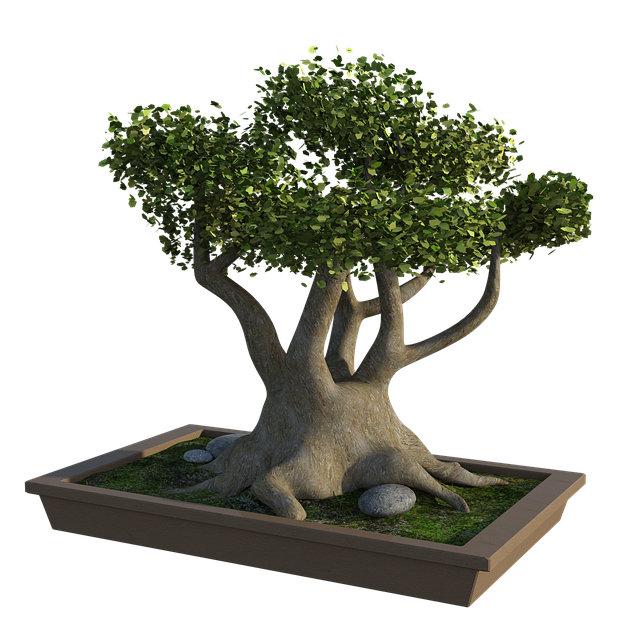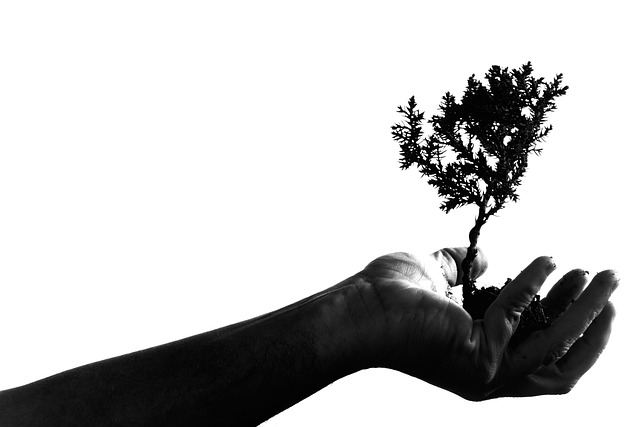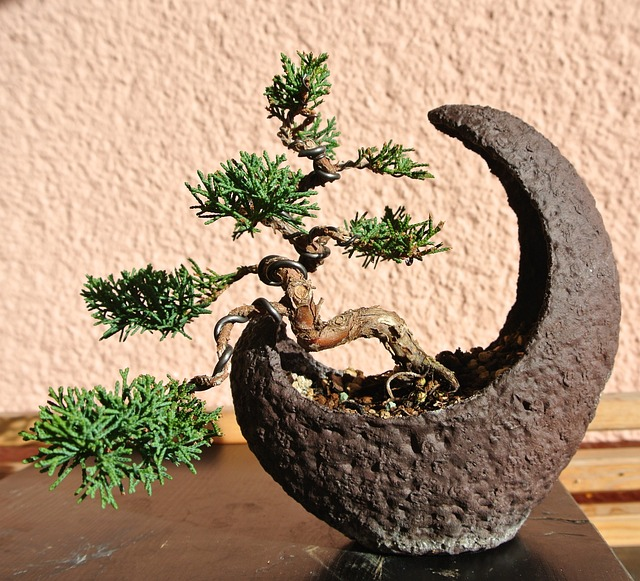HousePlantJoy is supported by our audience. When you purchase through one of our links, we may earn a small affiliate commission. As an Amazon Associate I earn from qualifying purchases. Your cost is not affected.
==================
Top Tips for Bonsai Tree Care
Cultivate and Nurture Your Miniature Masterpiece
Bonsai Tree Care 101
Our tips for Bonsai tree care provide help for the art form that has been practiced for centuries. What a fascinating way to cultivate and nurture a living, growing tree in miniature form. The art of bonsai tree care is about more than just keeping a plant alive. It helps create a beautiful, harmonious, and well-proportioned representation of nature.
In this article, we will explore the history and significance of bonsai trees, learn how to choose the right tree for your environment, discuss essential tools and equipment, and delve into the basics of bonsai tree care. We will also share indoor bonsai tree care tips, techniques for watering, feeding, and fertilizing, and guidance on pruning and shaping.
Finally, we discuss repotting and root maintenance, seasonal care considerations, troubleshooting common issues, and inspiration for your bonsai tree journey.
The History and Significance of Bonsai Trees
The origins of bonsai tree care can be traced back over a thousand years to ancient China, where it was known as “penjing” or “tray scenery. This practice involved growing miniature landscapes in trays, with trees, rocks, and water features all arranged to represent a harmonious natural scene.
This art form was later introduced to Japan, where it was refined and developed into the bonsai tree care we know today. The word “bonsai” itself is derived from the Japanese words for “tray” (bon) and “plant” (sai), reflecting the practice of growing trees in shallow containers.
Bonsai tree care is deeply rooted in Asian culture and philosophy, with strong connections to Buddhism and the concepts of harmony, balance, and the interconnectedness of all living things.
The art of bonsai tree care is a constant exercise in patience, observation, and learning from nature. It’s a way of connecting with the natural world, developing an appreciation for its beauty, and understanding the cycles of growth and decay that govern all living things.
Choosing the Right Bonsai Tree for Your Environment
One of the first steps in bonsai tree care is selecting the right tree species for your environment. There are hundreds of different types of trees that can be used for bonsai, and each has its own unique characteristics and requirements.
When choosing a tree, consider factors such as your local climate, the amount of sunlight your tree will receive, and the size and style of bonsai you want to create.
Some popular choices for beginners include the Chinese Elm, Juniper, and Ficus, as these species are relatively easy to care for and can be grown indoors or outdoors. It’s important to choose a tree that is suited to your environment, as this will greatly impact its overall health and appearance. For example, if you live in a cold climate, you’ll want to avoid tropical species that require warm temperatures and high humidity.
When selecting a tree for bonsai, look for one with a strong trunk, healthy roots, and a balanced branch structure. This will provide a solid foundation for your bonsai tree care journey and ensure that your tree has the best possible chance of flourishing.
Essential Bonsai Tree Care Tools and Equipment
To properly care for your bonsai tree, you’ll need a few essential tools and equipment. These include:
- Pruning scissors: Sharp, high-quality scissors are essential for trimming and shaping your bonsai tree. Choose a pair with a narrow, pointed tip for precision cutting.
- Wire cutters: These are used to cut the wire used in shaping and training your bonsai tree.
- Bonsai wire: This is used to shape and train the branches of your tree. There are various thicknesses available, so choose a wire that is appropriate for the size and strength of the branches you’re working with.
- Root rake: This tool is used to loosen and remove soil from the root system of your tree during repotting.
- Bonsai soil: A proper bonsai soil mix is essential for providing your tree with the necessary nutrients and drainage. Bonsai soil typically consists of a blend of organic and inorganic materials, such as akadama, pumice, and pine bark.
- Watering can: A small watering can with a fine nozzle is ideal for ensuring your bonsai tree receives the proper amount of water.
- Fertilizer: Bonsai trees require regular feeding to maintain their health and vigor. Choose a balanced, slow-release fertilizer specifically formulated for bonsai tree care.
- Bonsai pot: Select a pot that complements the size and style of your tree. It should have drainage holes to prevent waterlogging and promote healthy root growth.
How to Care for a Bonsai Tree: The Basics
Bonsai tree care involves a combination of regular maintenance tasks, such as watering, feeding, and pruning, as well as periodic activities like repotting and root maintenance. To ensure the health and longevity of your tree, it’s important to develop a consistent care routine and pay close attention to its needs.
Indoor Bonsai Tree Care Tips
Indoor bonsai tree care presents a unique set of challenges, as the conditions inside your home may not be ideal for all tree species. To ensure the success of your indoor bonsai, consider the following tips:
- Choose an appropriate tree species: As mentioned earlier, some species are better suited to indoor bonsai tree care than others. Ficus, Chinese Elm, and Jade are popular choices for indoor bonsai, as they can tolerate lower light levels and more stable temperatures.
- Provide adequate light: Bonsai trees require plenty of natural light to thrive. Place your tree near a south-facing window, or supplement with artificial light if necessary.
- Maintain consistent temperatures: Most bonsai trees prefer a stable temperature between 60-75°F (15-24°C). Avoid placing your tree near drafts, air vents, or other sources of temperature fluctuations.
- Monitor humidity levels: Indoor environments can be quite dry, which may not be ideal for your bonsai tree. Consider using a humidity tray or a humidifier to maintain proper moisture levels.
Watering, Feeding, and Fertilizing Your Bonsai Tree
Proper watering, feeding, and fertilizing are crucial aspects of bonsai tree care. Here are some guidelines to help you keep your tree healthy and well-nourished:
- Watering: Bonsai trees require consistent, thorough watering to maintain their health. The frequency of watering will depend on factors such as the size of your tree, the type of soil, and the climate in which you live. It’s important to avoid both over-watering and under-watering, as both can lead to issues such as root rot and leaf drop. To determine when your tree needs water, check the moisture level of the soil by inserting a finger about 1 inch (2.5 cm) deep. If the soil feels dry, it’s time to water.
- Feeding: Regular feeding is essential for providing your bonsai tree with the nutrients it needs to grow and thrive. A balanced, slow-release fertilizer specifically formulated for bonsai tree care should be applied every 4-6 weeks during the growing season.
- Fertilizing: In addition to regular feeding, your bonsai tree may benefit from additional fertilization to promote strong, healthy growth. Organic fertilizers, such as fish emulsion or seaweed extract, can be applied every 4-6 weeks during the growing season.
Pruning and Shaping Techniques for Bonsai Trees
Pruning and shaping are essential aspects of bonsai tree care, as they help to maintain the tree’s overall health and create a balanced, harmonious appearance.
Here are some basic techniques to consider when pruning and shaping your bonsai tree:
- Structural pruning: This involves removing unwanted branches and foliage to create a strong, well-proportioned structure for your tree. Begin by removing any dead or damaged branches, followed by any branches that are crossing or rubbing against one another. Then, assess the overall shape of your tree and remove any branches that detract from its balance and harmony.
- Maintenance pruning: This is the regular trimming of new growth to maintain the desired shape and size of your bonsai tree. This should be done throughout the growing season, as needed.
- Wiring: This technique involves wrapping bonsai wire around the branches of your tree to gently bend and shape them into the desired position. The wire should be left in place for several months, or until the branches have set in their new position.
Repotting and Root Maintenance for Bonsai Trees
Repotting, a crucial aspect of bonsai tree care, promotes healthy root growth. That ensures that your tree has access to the necessary nutrients. Most bonsai trees need repotting every 2-5 years. The exact timing depends on factors such as the age and size of the tree. Also consider the type of soil, and the climate in which you live.
To repot your bonsai tree:
- Carefully remove the tree from its pot and gently loosen the soil around the roots using a root rake.
- Trim any long, thick roots to encourage more compact root growth. This will help your tree to better absorb water and nutrients.
- Prepare a fresh batch of bonsai soil, ensuring that it provides the necessary drainage and nutrient balance for your tree.
- Place a layer of fresh soil in the bottom of your bonsai pot, then position your tree in the pot and fill in around the roots with the remaining soil.
- Water your tree thoroughly to settle the soil and eliminate any air pockets.
A comprehensive Starter Bonsai Tool Kit with a Survival Guide Set is essential for mastering the art of bonsai tree care, providing you with the necessary tools and resources to nurture and maintain your bonsai trees effectively.
Discover essential tips for optimal bonsai growth in this concise video. Learn about the dangers of overwatering and the importance of soil oxygen. Find out how watering needs can vary based on the elements and time of year. Enhance your bonsai cultivation skills with these practical insights.
Video Credit: @BonsaiMirai
Bonsai Tree Care During Different Seasons
Bonsai tree care requirements can vary depending on the season. Here are some general guidelines to help you care for your bonsai plants individually throughout the year:
- Spring: This is the most active growth period for most bonsai trees. Increase your watering, feeding, and pruning frequency to support the rapid growth and development of your tree.
- Summer: As temperatures rise, your bonsai tree may require more frequent watering to prevent dehydration. Continue regular feeding and pruning to maintain the health and appearance of your tree.
- Autumn: As the growing season comes to an end, reduce your feeding and pruning frequency. This is also a good time to assess the overall health and structure of your tree and prepare it for the winter months.
- Winter: Bonsai tree care during the winter months is primarily focused on protecting your tree from harsh weather conditions. If your tree is not frost-tolerant, consider bringing it indoors or providing some form of insulation or protection from the cold.
Troubleshooting Common Bonsai Tree Care Issues
Despite your best efforts, you may encounter some common issues in bonsai tree care. Here are some tips for troubleshooting and addressing these problems:
- Yellowing leaves: This can be a sign of over-watering, under-watering, or nutrient deficiencies. Assess your watering and feeding routine and make any necessary adjustments to ensure your tree is receiving the proper care.
- Leaf drop: This can be caused by avariety of factors, including over-watering, under-watering, temperature fluctuations, pests, or disease. Inspect your tree for signs of pests or disease, and adjust your care routine as needed to address any issues.
- Root rot: This common issue in bonsai tree care,is caused by over-watering or poor drainage. If you notice your tree’s roots appear black, mushy, or foul-smelling, it may be suffering from root rot. Repot your tree using fresh, well-draining soil and adjust your watering routine to prevent future issues.
- Pests: Common pests in bonsai tree care include spider mites, aphids, and scale insects. Inspect your tree regularly for signs of infestation, and treat with an appropriate insecticide if necessary.
- Disease: Bonsai trees can be susceptible to a variety of fungal diseases. These include root rot, powdery mildew, and black spot. Inspect your tree regularly for signs of disease, and treat with an appropriate fungicide if necessary.
Inspiration for Your Bonsai Tree Journey
We believe that Bonsai tree care builds a rewarding and fulfilling hobby that brings a sense of peace and tranquility to your life. As you embark on your bonsai tree care journey, remember to take your time, observe your tree closely, and learn from nature.
With patience, dedication, and a little bit of creativity, you can cultivate and nurture a miniature masterpiece that will bring you joy for years to come.
Whether you’re a beginner or an experienced bonsai enthusiast, there’s always something new to learn and discover in the world of bonsai tree care. So, go ahead and explore, experiment, and enjoy the journey!
Understanding Our Tips for Bonsai Tree Care
Bonsai tree care offers help to build a fascinating and rewarding hobby. Yes, it requires patience, dedication, and a love of nature. Whether you’re a beginner or an experienced bonsai enthusiast, you’ll always find something new to learn and discover in the world of bonsai tree care.
By following the tips and techniques outlined in this article, you start to cultivate and nurture a miniature masterpiece. And it brings you joy and fulfillment for years to come.
Remember to choose the right tree for your environment, invest in essential tools and equipment, develop a consistent care routine, and pay close attention to your tree’s needs. With these tips, caring for bonsai tree plants produces beautiful indoor bonsai trees. With a little bit of patience and dedication, you can create a beautiful, harmonious, and well-proportioned representation of nature that will inspire and delight you for years to come.
FAQs
Can I use tap water for watering my bonsai tree?
While tap water is generally safe for watering bonsai trees, it is important to consider the quality of your tap water. Some tap water sources contain high levels of chlorine, fluoride, or other chemicals that can be harmful to bonsai trees. It is recommended to let tap water sit for 24 hours before using it to allow any chlorine to dissipate. Alternatively, you can use filtered or distilled water, which eliminates the risk of harmful chemicals.
How do I prevent pests from damaging my bonsai tree?
Pest control is a crucial aspect of bonsai tree care. To prevent pests from damaging your bonsai tree, there are several measures you can take. Firstly, regularly inspect your tree for any signs of pests such as insects or webs. If you spot any, remove them manually or use an appropriate insecticide specifically formulated for bonsai trees. Additionally, maintaining good hygiene by keeping the tree and its surroundings clean and free from fallen leaves and debris will discourage pests from taking up residence. Finally, consider introducing beneficial insects like ladybugs or predator mites, which can help control pest populations naturally.
Can I place my bonsai tree indoors permanently?
While some bonsai trees can tolerate indoor conditions for short periods, it is generally not recommended to keep them indoors permanently. Most bonsai trees require a combination of natural sunlight, fresh air, and seasonal changes to thrive. Indoor environments typically lack the intensity and duration of sunlight that outdoor bonsai trees receive. Moreover, the air circulation and humidity levels indoors may not be optimal for the long-term health of the tree. If you wish to display your bonsai indoors occasionally, ensure to provide it with regular outdoor exposure to maintain its vitality and overall well-being.
You Might Also Like…
https://houseplantjoy.com/how-to-care-for-a-bonsai/

